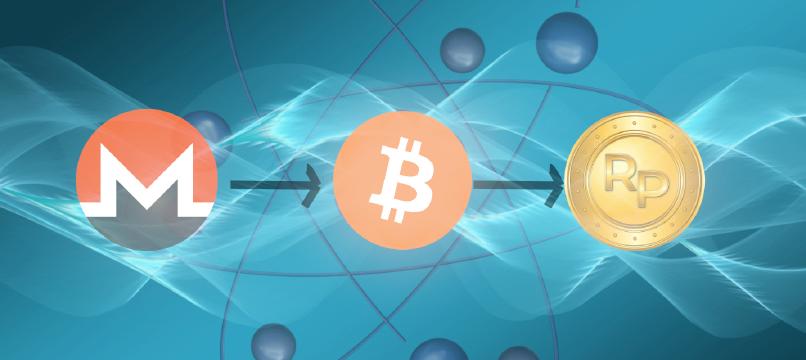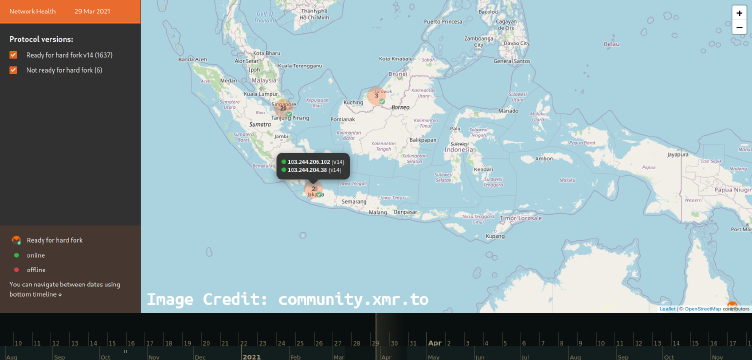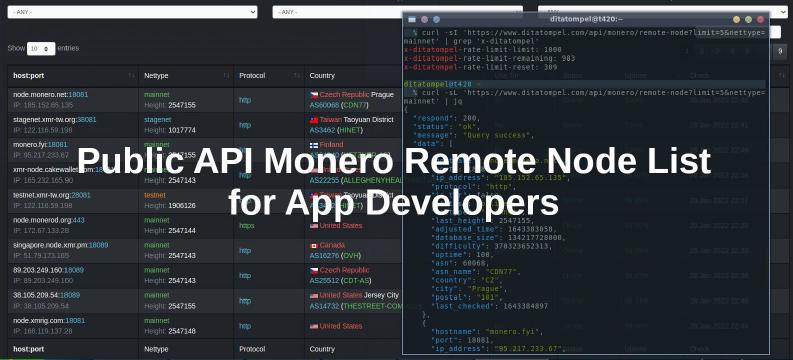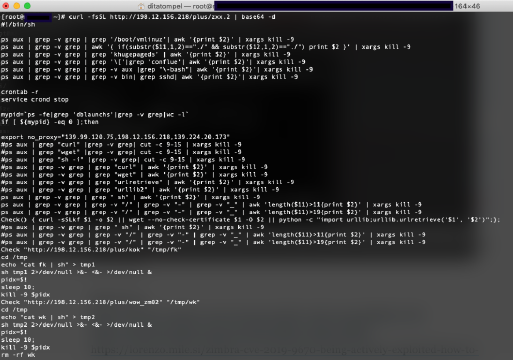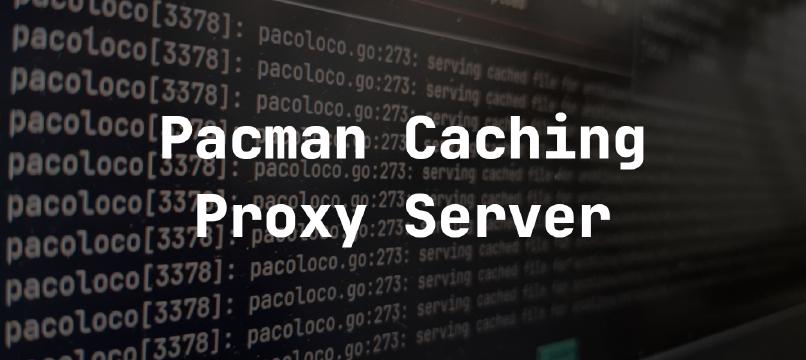The origin of Monero (timeline, notable event, moment and incident). Note: This article is not done yet, working on progress.
1980s
In October 10, 1985 David Chaum wrote extensively on topics such as anonymous digital cash and pseudonymous reputation systems, which he described in his paper “Security without Identification: Transaction Systems to Make Big Brother Obsolete”.
1992s
In late 1992, Eric Hughes, Timothy C May, and John Gilmore founded a small group. At one of the first meetings, Jude Milhon (a hacker and author better known by her pseudonym St. Jude) described the group as the “Cypherpunks”.
The Cypherpunks mailing list was formed at about the same time, and just a few months later, Eric Hughes published “A Cypherpunk’s Manifesto” (March 9, 1993).
“Privacy is necessary for an open society in the electronic age. Privacy is not secrecy. A private matter is something one doesn’t want the whole world to know, but a secret matter is something one doesn’t want anybody to know. Privacy is the power to selectively reveal oneself to the world.”
“Since we desire privacy, we must ensure that each party to a transaction have knowledge only of that which is directly necessary for that transaction.”
1997
Adam Back created Hashcash, which was designed as an anti-spam mechanism that would add time and computational cost to sending email, thus making spam uneconomical.
1998
Wei Dai published a proposal for “b-money”, a practical way to enforce contractual agreements between anonymous parties.
2004
Hal Finney (deceased) (the first Bitcoin recipient) created reusable proof of work (RPOW), which built on Adam Back Hashcash.
Finney was a Cypherpunks and said :
It seemed so obvious to me: “Here we are faced with the problems of loss of privacy, creeping computerization, massive databases, more centralization - and [David] Chaum offers a completely different direction to go in, one which puts power into the hands of individuals rather than governments and corporations. The computer can be used as a tool to liberate and protect people, rather than to control them.”
2005
Nick Szabo inventor of smart contracts, a precursor to Bitcoin published a proposal for “bit gold” in 2005 – a digital collectible that built upon Finney’s RPOW proposal.
2008
In October 31, 2008 Satoshi Nakamoto, a pseudonym for a still-unidentified individual or individuals, published the Bitcoin whitepaper, citing both hashcash and b-money. Satoshi emailed Wei Dai directly and mentioned that he learned about b-money from Adam Back.
2009
- In January 2009, first Bitcoin block was mined by Satoshi earned a total reward of 50 BTC.
- Jan 21, 2009 Hal Finney, tweets “Looking at ways to add more anonymity to bitcoin”. Just 18 days after Bitcoin had begun.
2010
- August 13, 2010 Satoshi discusses something about “Ring Signatures” & “Stealth Addresses”. These became 2 of the 3 key pillars for privacy on Monero. See u/binaryFate tweet about the forum post here.
2014
Nicolas van Saberhagen’s Cryptonote Whitepaper aims to solve specific problems identified on the Bitcoin protocol. It included “untraceable transactions” through ring signatures, an ASIC resistant mining algorithm and a smooth emission curve.
The release date is controversial that the author(s) faked the release date, and it was really released in March 2014, not in 2012 and 2013.
- March 3, 2014 Bytecoin launches, and is the first coin to implement the Cryptonote protocol - see Github commit. Unfortunately it had at least 1 large flaw - 82% of the coins were already mined before its “public” release.
- April 09, 2014, Bitmonero launches without Bytecoin’s pre-mine. User named thankful_for_today create a post Bitmonero - a new coin based on CryptoNote technology. [Archive]
- April 25, 2014, BitMonero is forked away from thankful_for_today, after he failed to collaborate with the community, and is renamed to Monero. Read full BitcoinTalk thread if you want to know what was happened.
- Apr 30, 2014, The first exchange for cryptonote based coins is created (cryptonote.exchange.to), and Monero is listed with ticker name MRO at that time. [Archive]
- May 21, 2014, first recorded Monero price from Kraken with close price : $1.72
- June 02, 2014 New Logo & Change ticket Symbol from MRO to XMR (in order to maintain ISO 4217 which MRO is code for Mauritania’s currency). According to 1st Monero Missive, Monero core team (in no particular order) - tacotime, eizh, smooth, fluffypony, othe, davidlatapie, NoodleDoodle.
In order to maintain ISO 4217 compliance, we are changing our ticker symbol from MRO to XMR effective immediately. This change primarily effects exchanges at this early stage, as we are sure that MRO will continue to be used colloquially and in general discussion. We are aware that this may cause a little confusion, but we feel it necessary to make this change early on rather than later when Monero is more widely spread.
- June 10, 2014, Mnemonic Seeds Added
A feature we all take for granted now, mnemonic seeds, wasn’t present in the first cryptonote implementations. Until added, you had to back up the inidividual keys. [Archive] - June 18, 2014, Begin peer review cryptonote whitepaper from highly qualified academics in the fields of mathematics and cryptography.
- Moneromooo’s first BitcoinTalk Post
Prolific Monero developer Moneromooo makes his first post on the BitcoinTalk forums about mining Monero and setting up a mining pool from his home connection.
- Moneromooo’s first BitcoinTalk Post
- June 23, 2014 Listed to MinPal
- June 27, 2014, add AES-NI support in slow_hash, listed to exchange: BTer.
- July 03, 2014 Listed to HitBTC
- July 06, 2014 Transaction auto-splitting is now in the main codebase
- July 13, 2014 Major work has begun on moving to an embedded database.
- July 20, 2014 Embedded database work in progress the hope is to reduce ram requirements, daemonising Monero work is largely completed, welcoming Pavel Kravchenko as a key technical contributor to Monero. With a PhD in Information Security, specialising in public key infrastructures.
- July 23, 2014 BSD 3-clause license changes, listed to Poloenix
- August 2014, Monero devs plan to moves from storing the blockchain as a flat file in RAM, to the ACID compliant LMDB database. You can see Howard Chu (author of LMDB) answer Why did Monero choose LMDB over alternative database types? along with IRC transcripts from the time the choice of DB was being made.
- August 03, 2014, XMR pairs rise to 5830 XMR of volume after first 12 days. Monero added to coinSource Trust Index with a score of 6 out of 7 stars.
- Many miners start notice that the difficulty is went up to unrealistic value (posts from BitcoinTalk). In additional FUD about “Monero is dead” and P&D on Bittrex [Pict] see what fluffypony reply.
- August 09, 2014, thefunkybits started a Twitter campaign to mention Monero to major exchanges and news outlets and he is paying 0.4 XMR per Tweet.
- August 10, 2014, First look at the GUI in the first fireside chat was positively received. CoinGecko release Monero price ticker.
- August 12, 2014, Atrides, the admin of DwarfPool, released an open-source Monero stratum proxy.
- August 16, 2014, GUI test release available. Abstraction and refactoring Blockchain functions ready for some performance testing.
- August 23, 2014, Monero Devs notices that Monero Network is under a spam attack [Pict] and respond within minutes with temporary fix [Pict]. See pull request to the repo. [Summary 1] [Summary 2] [Summary 3] [Summary 4] [Summary 5]
- August 25, 2014, FUD: Unveiling the truth over the major Monero scam
- September 01, 2014 FUD: Is Monero officially dead?
- September 12, 2014 MRL-0001 and MRL-0002 published. Emergency release v0.8.8.3 to fix the block 202612 spam attack.
- September 15, 2014, Introducing the Monero Research Lab, an open collective and a multi-faceted academic group focused on analysis and improvement of the underlying core of Monero to make sure that the theories and cryptography behind Monero continue to remain robust and sound. FreeBSD Compatability: Monero works on FreeBSD out the box. Recovered from a spam attack.
- September 17, 2014, FUD about very specific exploits in CN that have not been fixed that will affect to Monero. The original post is deleted but you still can read from the quoted replies or from BCX and Monero - Setting The Record Straight archive. Monero (XMR) - Is It True? video on YouTube by Nemesis Tyrant show how “they” are FUDing the Monero (from July) in the Poloenix trollbox.
- September 20, 2014, another FUD : Monero Exploit Confirmed Independently (again, original has post was deleted, but you can see the 1st post from web archive). Reacting with the news, devs keep monitor the network and publish precaution update.
Monero is doomed for over 3 months downtrend from $2 to $0.22. But Monero devs keep going even when dev funds in a negative balance and covering out with their own pockets.
- September 25, 2014, MRL-0003 : Monero is Not That Mysterious published.
- September 26, 2014, DDoS attack hit moneropool.com (largest Monero mining pool at the time).
- October 06, 2014, New official Monero forum launched. DNS check pointing added. PoW algorithm annotated in the code and documented by dga.
- October 13, 2014, DNS checkpointing is now asynchronous, and doesn’t prevent blocks from being received. Mnemonic lists now support a variable trim length (instead of the previous fixed trim length).
- October 20, 2014, Blockchain database implementation. Lightning Memory-Mapped Database, LMDB ready for limited testing by next week. Implementing DNSSEC trust anchors with the assistance of NLnet Labs.
TO BE CONTINUED
Sources
- The Cypherpunks and Bitcoin. The years before bitcointalk
- https://www.getmonero.org/resources/roadmap/
- https://resilience365.com/monero-timeline/
- Whirlwind missives October 14, 2014, Whirlwind missives (Updated 09/12) by Globb0
- What happened at block 202612?
- Is It True?
Credits
- https://github.com/monero-project/monero/graphs/contributors
- Those in every link I post
- You
